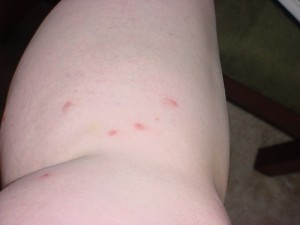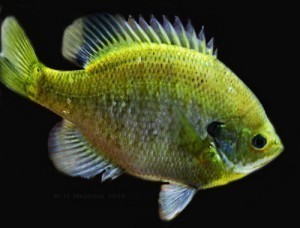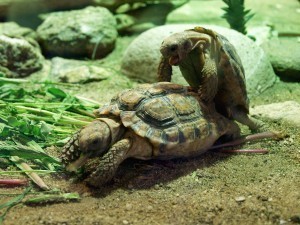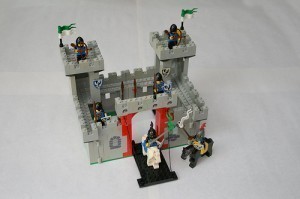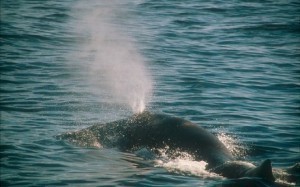How Big Is the Largest Spider
The largest spider in the world is the goliath bird-eating spider. The largest on record was 11 inches across. Scientists believe though, the spider can reach lengths of up to 12 inches (30 cm). Specimens of this size can weigh 6 ounces (170 g). It belongs to the tarantula family.
Are Goliath Bird-eaters Deadly?
In spite of its size, these spiders are not dangerous to humans. The fangs have venom and they can bite people. However, the venom is not fatal for humans. Not all goliath bird-eater bites have this venom either. Also, the spider will only bite people in self defense.
Far deadlier is its ability to hurl urticating hairs on its body to any perceived threat. These hairs are very small but can cause skin irritation. These hairs may cause problems if they get into the mouth and eyes.
Hunting Techniques
Even though it is the largest spider in the world, the goliath bird-eater relies on stealth. If this is not possible, the creature will use brute force. Its method of attack is simple. It will sneak up on the intended victim and pounce on it. Usually, a single bite will be enough to kill its prey.
Another unique trait of the spider is its ability to generate noise. By rubbing its leg bristles, a hissing noise will be generated. The sound is so loud someone 15 feet away will hear it.
Classification 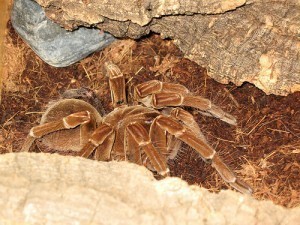
The goliath bird-eating spider is scientifically known as the Theraphosa blondi. This arachnid is in the Theraphosidae (tarantula) group. In terms of mass, they are the biggest spider species on the planet. The creature got its name when a Victorian era explorer saw one eating a small bird.
Distribution and Behavior
The goliath bird-eating spider can be found in South America, specifically its northern parts. They are known for burrowing into the ground. These creatures are usually found in swampy and marshy spots.
Female goliath spiders invariably consume the male. Females reach sexual maturity at ages three or four. On average, the female will produce 100 to 200 eggs. It takes two months for these to hatch. The average lifespan is 15 to 25 years. Males have a much shorter lifespan of three to six years. Their colors range from dark to light brown.
The largest spider in the world also has leg markings, albeit very faint. Their bodies are covered with hair, as are their legs.
